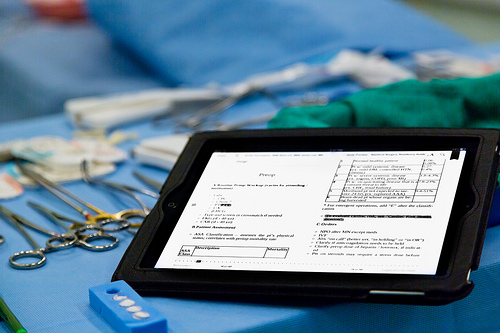Four years ago, Stanford Hospital & Clinics decided to see if it could cut back on unnecessary blood transfusions, procedures which, though sometimes life-saving, also carry risk to patients and may needlessly use up limited blood supplies. Right now, blood transfusions happen in more than 10 percent of all hospital stays which include a procedure, and they’ve been named by the American Medical Association one of five most overused medical treatments.
To address the transfusion issue, Stanford created an alarm in its EMR which encouraged doctors to think twice before they went ahead with a transfusion order. Every time a doctor requests blood through the Stanford EMR, a pop-up appears which asks the doctor to explain the reason for the request and shares guidelines on blood use. At that point, physicians can cancel the order if they so desire..
The program seems to have been a smashing success. The new prompt contributed to a 24 percent decline in use of red blood cells at Stanford between 2009 and 2012, according to Stanford’s Scope blog. What’s more, transfusions of all blood products at the hospital fell from more than 60,204 to 48,678 per year during that time.
In making this shift, Stanford is now on board with national trends. According to the American Red Cross, which supplies about half of the U.S.’s blood, blood use fell by 3 percent in 2011 and another 5 percent in 2012, Scope reports.
While saving precious, inherently limited blood supplies sounds like a good idea, I do wonder whether adding yet another alarm to override is the best way to accomplish this otherwise laudable goal. And this piece from Scope doesn’t say anything about whether they’ve tracked the outcomes of cases where transfusion was considered and rejected.
Still, if the transfusion reminder is easy to respond to, and dismiss if necessary, perhaps it’s worth the distraction to treatment teams. I guess the proof will be in the long-term patient outcomes of this intervention, which seemingly remain to be seen.




















